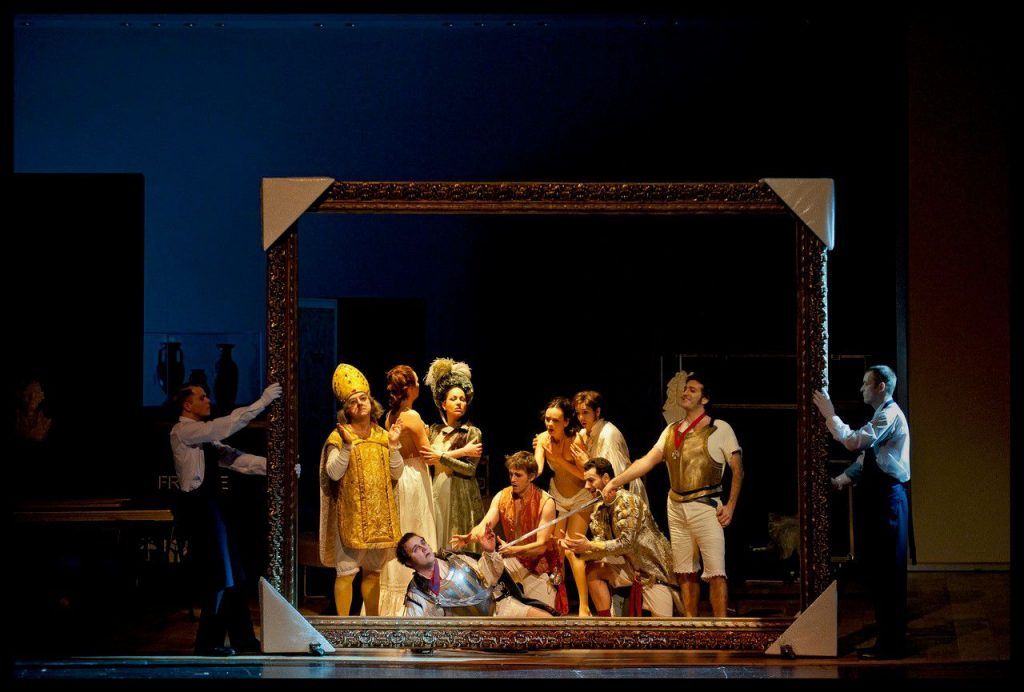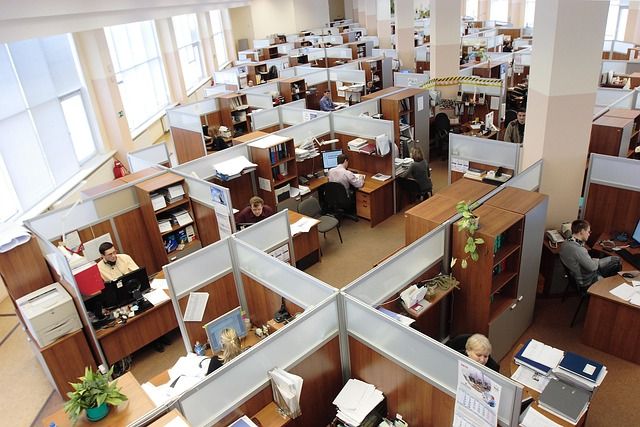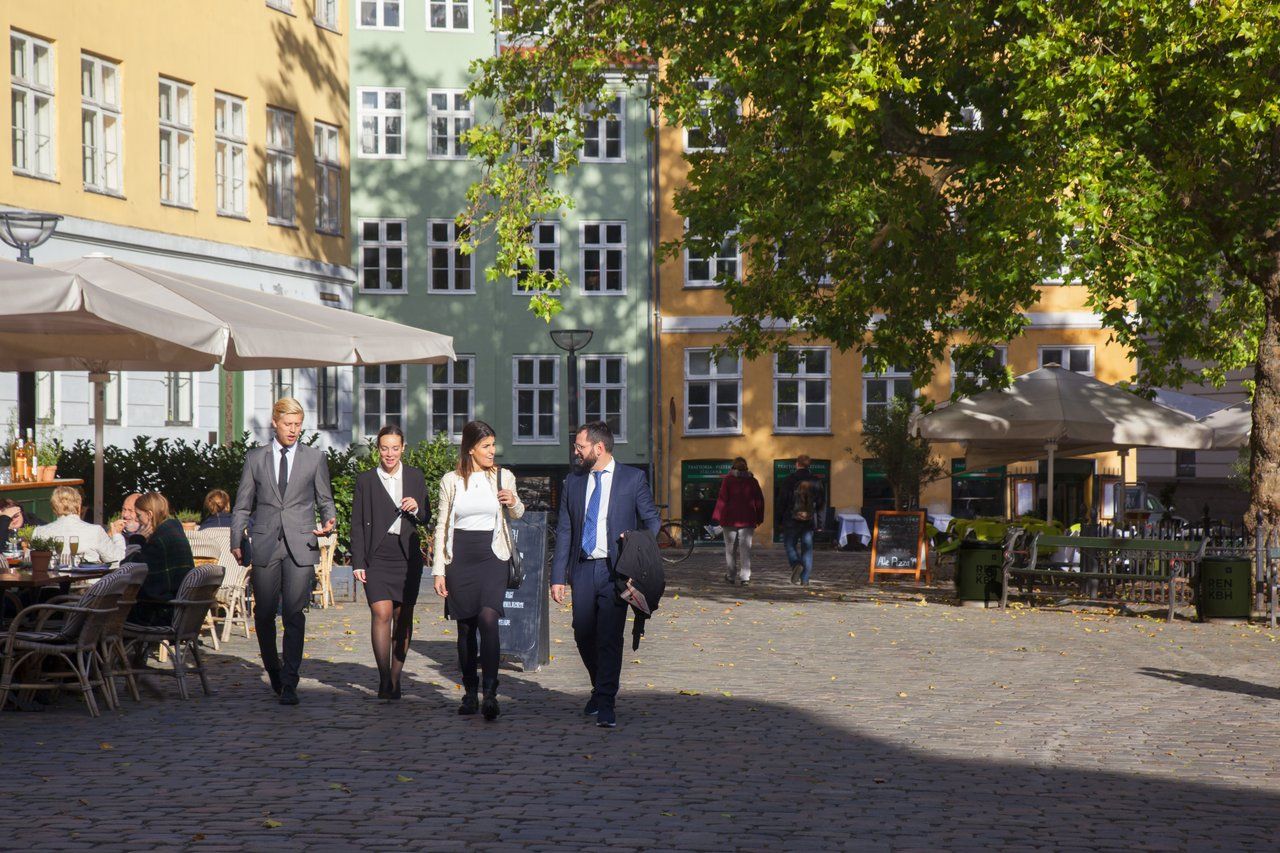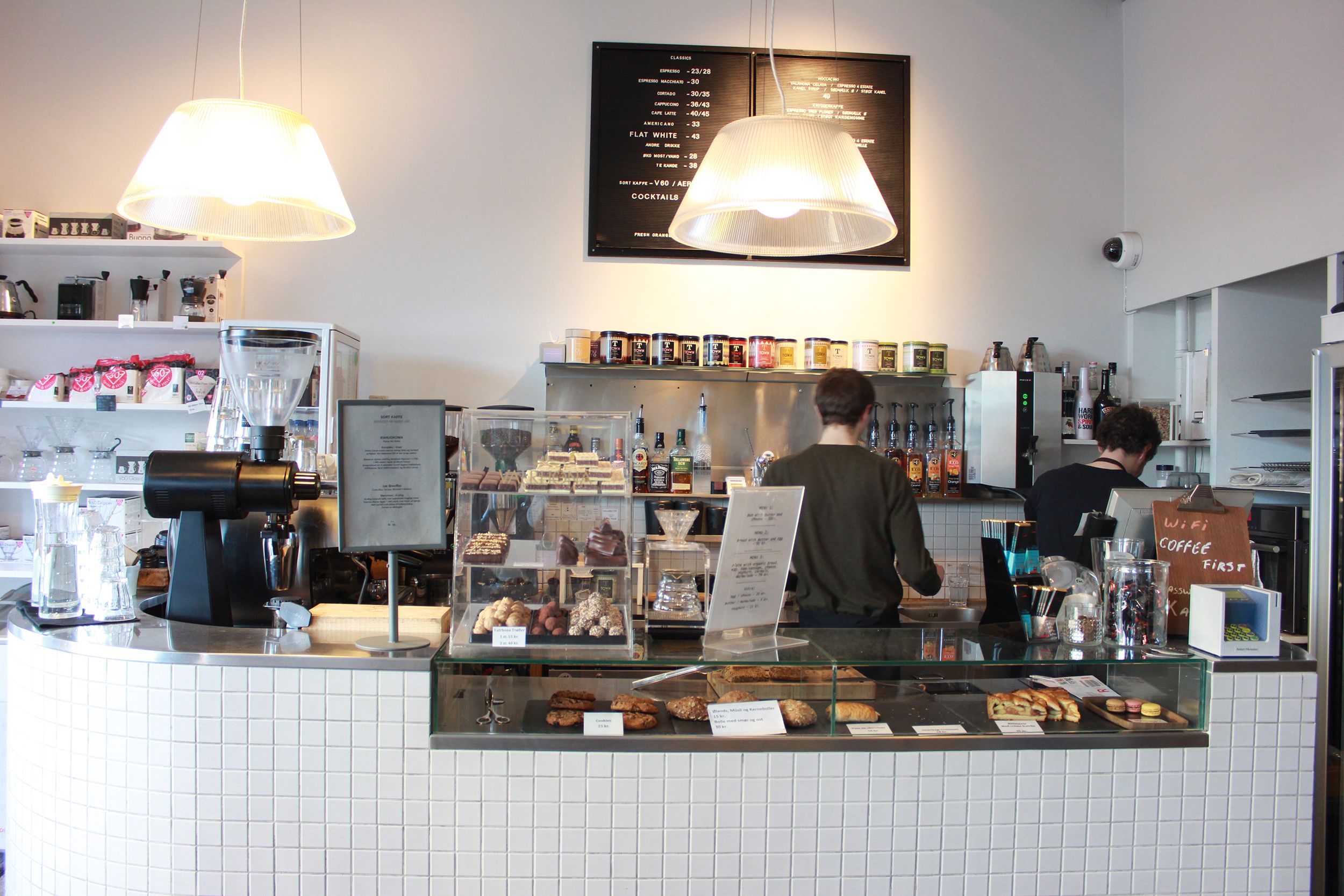Starting in the Golden Lillium gallery, the opening night of the Italian opera Il Viaggio a Reims by Gioachino Rossini kept the whole audience laughing from start to finish. Directed by Damiano Michieletto, the opera uses set design, lighting and sound to command the entire Main Stage at the Opera House.
Lights, camera, action
The lighting was constantly changing throughout. One minute the lights would be bright enough to fill the entire gallery, and the next there would only be the light of candles.
At one point, all of the lights came up in the theatre as if the lighting director was signalling it was the intermission. However, instead it was a cue for the actors to come down the aisles to continue the action.
Sound of mind
The combination of the acoustics of the Main Stage, the voices of the singers and the orchestral music provided the audience with a sound unlike any other.
Trumpets, violins, piano chords and a very large chorus of angel-like voices filled the room.
There were points, however, when I felt the orchestral music overpowered the singer when he/she was singing individually, but that was my only real criticism of the night.
Setting the tone
Throughout the entire opera, the stage was constantly transforming to fit the plot. Every bit of the stage was used to act out and fill a scene.
As an avid art lover, I loved seeing famous paintings such as Frida Kahlo’s self-portrait, ‘The Son of Man’ by Rene Magritte, ‘One Man Show’ by Keith Haring and many more come to life.
The costumes were extremely well made and looked almost identical to the original paintings.
There was also a very large picture frame with a white canvase that took up the entire stage that was mysteriously brought down onto the stage at the end of Act I.
For Act II, the chorus came out in baggy white jumpsuits, camouflaging themselves against the canvas. And then they pulled away white sheets to uncover a beautiful throne and staircase.
For the end of Act II, the painting ‘The Coronation of Charles X of France’ came to life within the large frame, and then, all of a sudden, it became still and the real painting by François Gérard appeared.
Old, antique treasures were presented in stark juxtaposition to the modern technology. As characters used their smartphones to take pictures of and with the artwork, you could say the opera offered a modern take on society and its relationship with art.
I’ll leave that up to you, future viewers, to decide.














